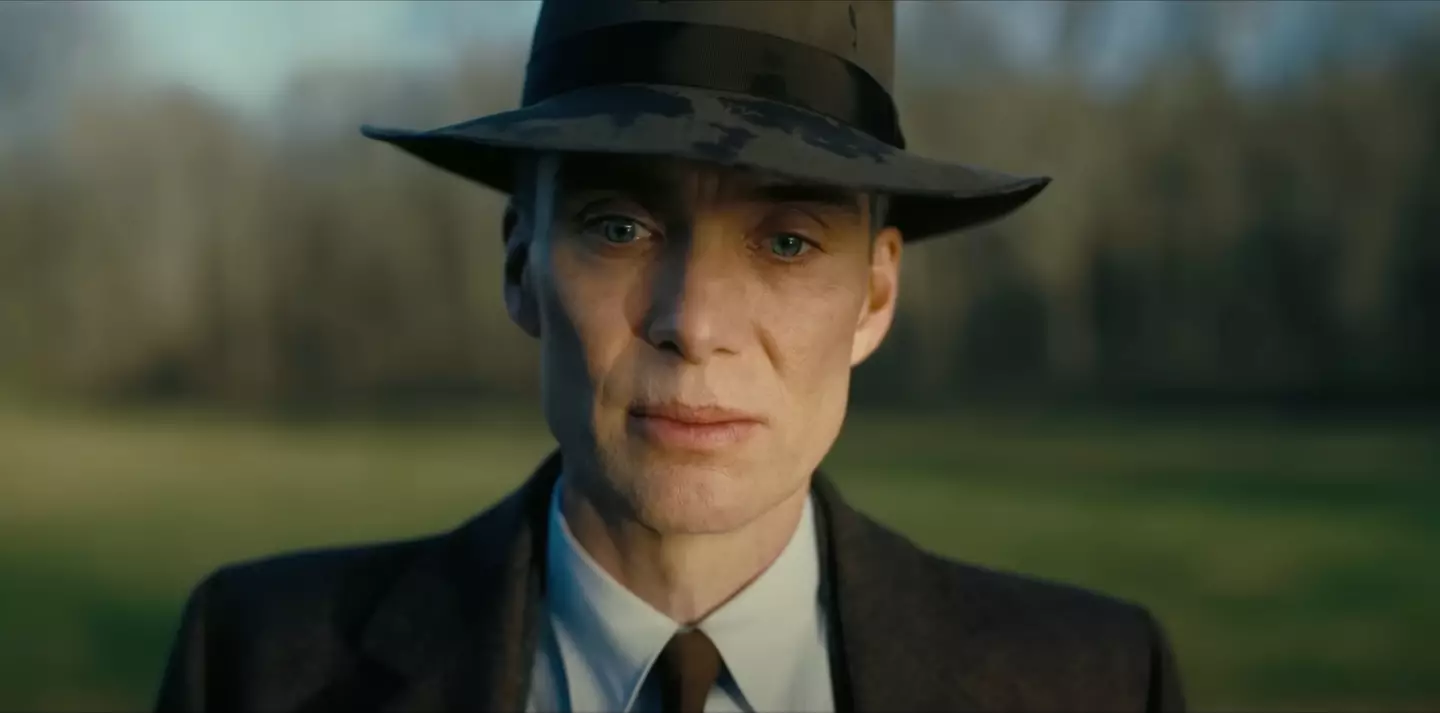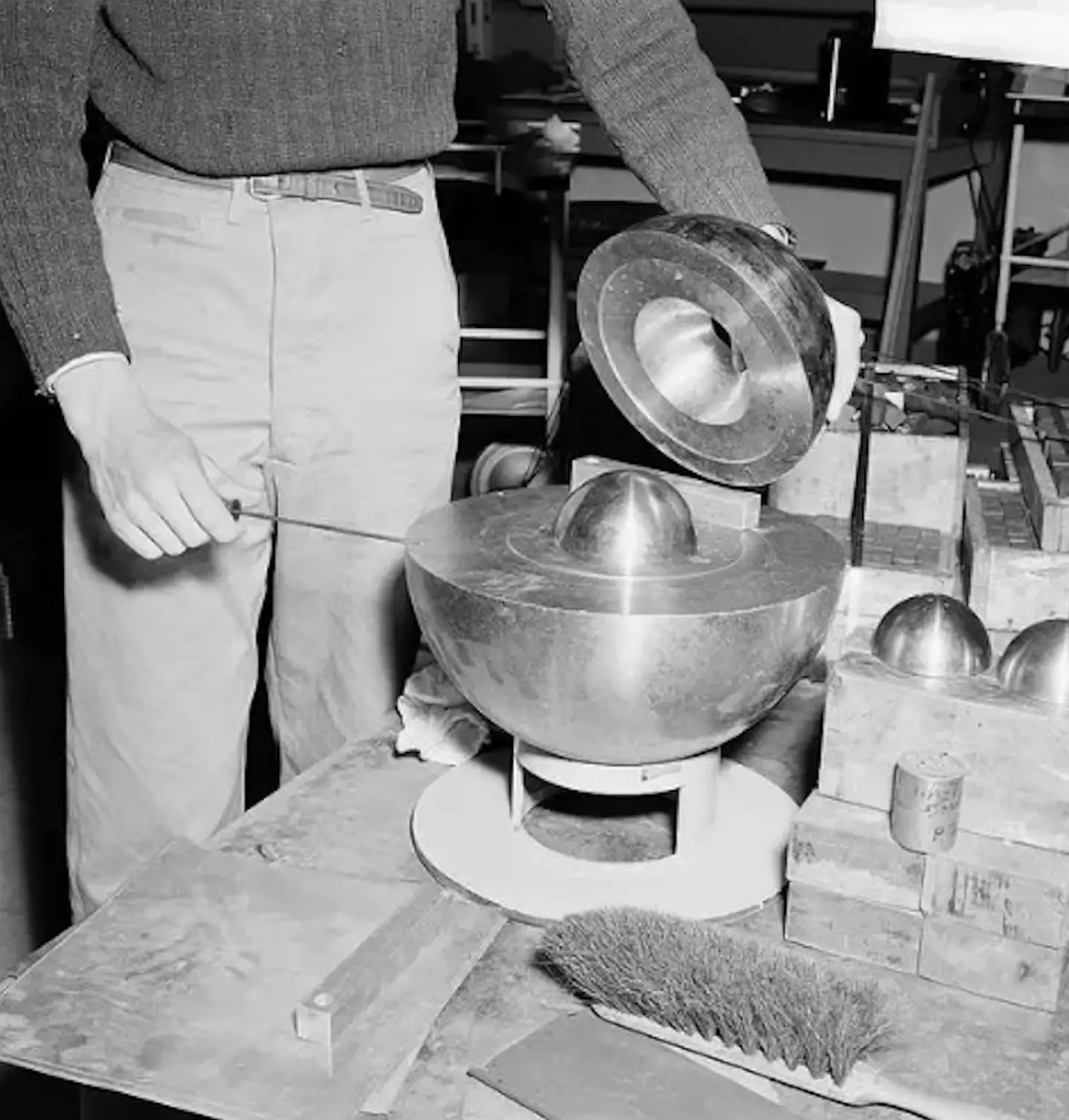
Christopher Nolan's Oppenheimer was critical and commercial success, snagging a whole host of awards, including an Oscar for its star Cillian Murphy.
Based off of the award-winning biography American Prometheus: The Triumph and Tragedy of J. Robert Oppenheimer, the film tells the story of how the famous theoretical physicist created the atomic bomb.
While the movie takes some creative liberties with the story - which is to be expected from a Hollywood blockbuster - Oppenheimer does a good job of detailing the devastating nature of nuclear bombs and the personal sacrifices Oppenheimer endured in order to become the so-called 'destroyer of worlds'.
Advert
But were you aware that one of the deadliest parts of the Manhattan Project was omitted from the film? Turns out for good reason as well.

Say the phrase 'demon core' to the average person and chances are they'll be unaware of the object's deadly history.
However like the objects ominous name, the demon core was responsible for the deaths of two scientists working at Los Alamos.
Advert
A demon core refers to the sphere of plutonium which is essential in the creation of atomic bombs.
Following the destruction of Hiroshima and Nagasaki in 1945, the 14-pound bomb was set to become the US-army's third weapon should Japan not surrender.
The core wasn't used in warfare, however it would still go on to claim the lives of physicists Harry Daghlian and Louis Slotin between September 1945 and May 1946.
Daghlian was the demon core's first victim, with the 24-year-old succumbing to acute radiation syndrome.
Advert
The impact caused the core to go supercritical, emitting an immense amount of radiation.
Slotin died months later after attempting to demonstrate another test on the doomed core.
The test required Slotin to verify how close the core was to criticality by placing half-spheres of beryllium around the core but not closing them properly. However Slotin's screwdriver slipped during the test, leading to a startling flash of blue light as the core went critical.
Advert
He died nine days later from acute radiation poisoning.

So how come the demon core was omitted from Nolan's Oscar-winning film?
During the creation of Oppenheimer Nolan had made the decision to focus on the events leading up to the Trinity Test which took place in July 1945 and the later bombing's of Hiroshima and Nagasaki - meaning that the stories of Slotin and Daghlian are not part of the film's timeline.
Advert
There's an argument to be made that the scientists deaths would show one of the many consequences of the Manhattan Project, however Nolan has remained firm in his decision not to deviate from the movie's intended focus.
He told Variety: "The film presents Oppenheimer’s experience subjectively.
"It was always my intention to rigidly stick to that. Oppenheimer heard about the bombing at the same time that the rest of the world did.
"I wanted to show somebody who is starting to gain a clearer picture of the unintended consequences of his actions.
"It was as much about what I don’t show as what I show."
Featured Image Credit: Universal/Los Alamos National LaboratoryTopics: Film, Christopher Nolan, Cillian Murphy, Oppenheimer